[最も好ましい] bluebells plant 255986-Bluebells plant pot
Bluebells are unmistakable bellshaped perennial herbs They actually spend the majority of their time underground as bulbs, emerging, often in droves, to flower from April onwards Leaves are narrow, around 7mm to 25mm wide and 45cm in length They are strapshaped, smooth and hairless, with a pointed tipOne of the most beautiful species of spring ephemerals are Virginia bluebells (Mertensia virginica) These lovely plants are in the family Boraginaceae, which makes them relatives of other familiar species like Forgetmenot, Lungwort, and Comfrey Bluebells enjoy rich, welldrained soils where they can form large colonies over timeTips On Growing Campanula (Bluebells) Campanula (Bluebells) is a large genus of primarily Old World species known for their showy blue flowers Preferred growing conditions Plant in most any soil including clay with full sun to partial shade conditions Mulch with most common mulch materials Mulching not needed in Eastern US
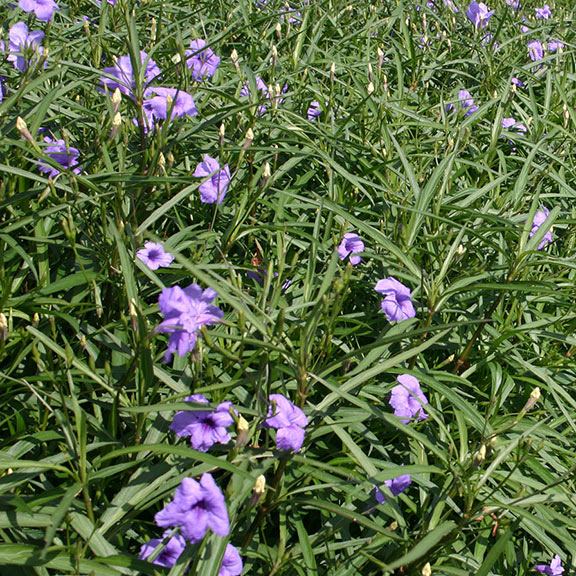
Bluebell Bog Plant Plants For Ponds Water Gardens
Bluebells plant pot
Bluebells plant pot-Spanish bluebells thrive in a variety of light conditions, from full sun to partial shade to dappled shade Once established, they'll even do nicely in dry shade, a tough site for most plants Dig holes and plant the bulbs 4" deep and 4" apart Position the bulbs with the pointy end facing upHow to Plant English Bluebells The English bluebell (Hyacinthoides nonscripta) is a perennial wildflower that blooms in spring The blooms are drooping, trumpetshaped and bluishpurple in color



Virginia Bluebells Mertensia Virginica K Van Bourgondien
In the garden For natural looking drifts of bluebell flowers, cast the bulbs across the planting area and plant them where they landThis perennial ships bare root Virginia Bluebells are a native North American wildflower that can be found growing in wet, precious woods, reaching heights of 14 inches tall It is best to plant these perennials in Fall or late Winter before they begin to bloom for the EarlySpring season Transplanting while in full bloom is not recommendedSearch from Bluebell Fields stock photos, pictures and royaltyfree images from iStock Find highquality stock photos that you won't find anywhere else
It was in 1930 that the company changed its name to Blue Bell Creameries after the native Texas bluebell wildflower Butter was produced until 1958 when Blue Bell began to focus full time on making ice creamMost bluebells are grown from bulbs, love welldrained soil, and will need some water for the first couple of seasons Once established, bluebells can handle dry soil and will multiply profusely A mature plant reaches a foot in diameterAbout Tall Fringed Bluebells (Mertensia ciliata) 1 Nurseries Carry This Plant Add to My Plant List;
Mertensia ciliata is a species of flowering plant in the borage family known by the common names tall fringed bluebells, mountain bluebells, and streamside bluebells It is native to the western United States, in California, Nevada, Utah, and OregonHow to plant bluebells The easiest most reliable method is to plant bluebells 'in the green' in late spring, after they have finished flowering Plant in naturalistic drifts 10cm deep and approximately 10cm apart It's possible to grow bluebells from seed Bluebells look wonderful growing in drifts in woodlandAbout Tall Fringed Bluebells (Mertensia ciliata) 1 Nurseries Carry This Plant Add to My Plant List;
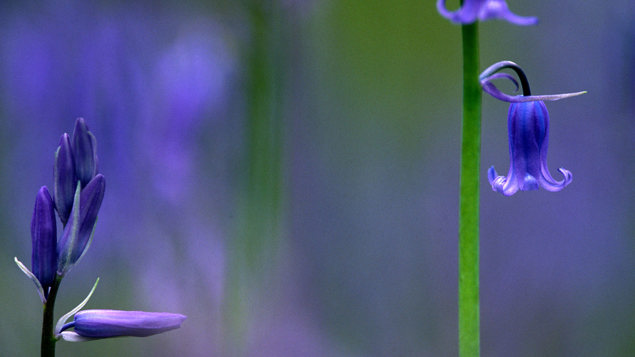


Bluebell Hyacinthoides Non Scripta Woodland Trust
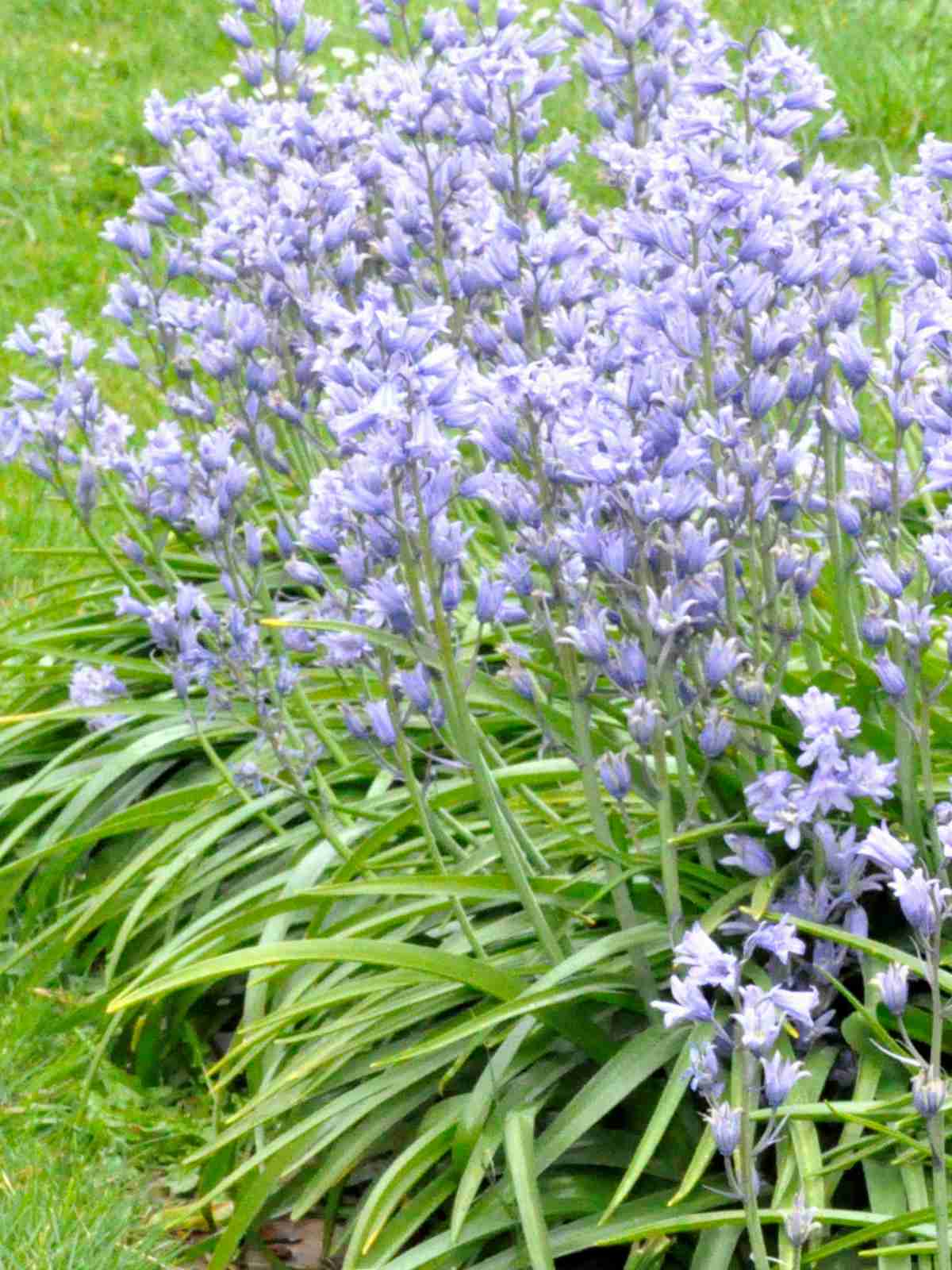


Bluebells Planting And Caring For Them
14" tall x 14" wide, this beautiful member of the Borage family is a wild gardeners dream It has beautiful flowers with pastel pink buds that open into true blue that attract bees and butterflies It spreads, but not too quickly The plant increases in size each year with almost no careMertensia ciliata is a species of flowering plant in the borage family known by the common names tall fringed bluebells, mountain bluebells, and streamside bluebells It is native to the western United States, in California, Nevada, Utah, and OregonHome » Shade Plants » Virginia Bluebells Virginia Bluebells Opens a dialog Opens a dialog Opens a dialog Virginia Bluebells Native to North America, this perennial plant is one of the prettiest wildflowers Clusters of small, trumpetshaped flowers nodding from a single sturdy stem look stunning in any garden location Blooming starts



Bluebells Shop Our Stunning English Bluebell Bulbs Breck S



Hyacinthoides Hispanica Spanish Bluebells
Bluebells are the perfect choice for growing in lightly shaded rock gardens, under trees or amongst garden borders There are two main types English bluebells are native to France and England and have been gracing gardens and wooded areas since the early 1500's They grow to 2530cm and are planted in autumn for spring floweringThe Plants Database includes the following 18 species of Mertensia Click below on a thumbnail map or name for species profiles tall fringed bluebells Mertensia drummondii Drummond's bluebells Mertensia franciscana Franciscan bluebells Mertensia humilis Rocky Mountain bluebells Mertensia lanceolata prairie bluebellsFirstrate naturalizers, Spanish bluebells reproduce by developing small offsets (baby bulbs) on the sides of the mother bulbs They also produce seeds, allowing them, over time, to fill in and create ever larger patches of spring brilliance Great plants for difficult garden sites, just think how Spanish bluebells will respond to more



Mertensia Virginica Virginia Bluebells Prairie Moon Nursery



Hyacinthoides Non Scripta Wikipedia
The Spanish bluebell, Hyacinthoides hispanica, was introduced into the UK by the Victorians as a garden plant and can be found today alongside the native bluebell in woodlands as well as on roadTo Elizabethans, bluebells were enchanted, and heaven forbid you hear their bellshaped heads ring, for death would likely follow Links with folklore were still prevalent more than three centuriesEnglish bluebells are an iconic wildflower that grows to form beautiful blue carpets of flowers over a landscape Growing them from seed can take up to 5 years until they're mature enough to grow flowers, but you can plant bulbs and have flowering size plants within 12 years It's also really easy to do



How To Plant Bluebells Brimwood Farm S New Bluebell Wood Youtube



When To Plant Bluebells Gardening Tips With J Parker S
Notes Bluebells naturalize with a little encouragement They are especially well suited to growing near beech trees All plant parts are poisonous to pets and peopleThis perennial ships bare root Virginia Bluebells are a native North American wildflower that can be found growing in wet, precious woods, reaching heights of 14 inches tall It is best to plant these perennials in Fall or late Winter before they begin to bloom for the EarlySpring season Transplanting while in full bloom is not recommendedPlanting Bluebell Flowers Plant bluebell bulbs after the heat of summer has passed or in early fall Several bulbs can be placed in the same 2inch (5 cm) deep hole Water the bulbs frequently over the fall and winter for best performance Divide during the summer months, once the plant has gone dormant
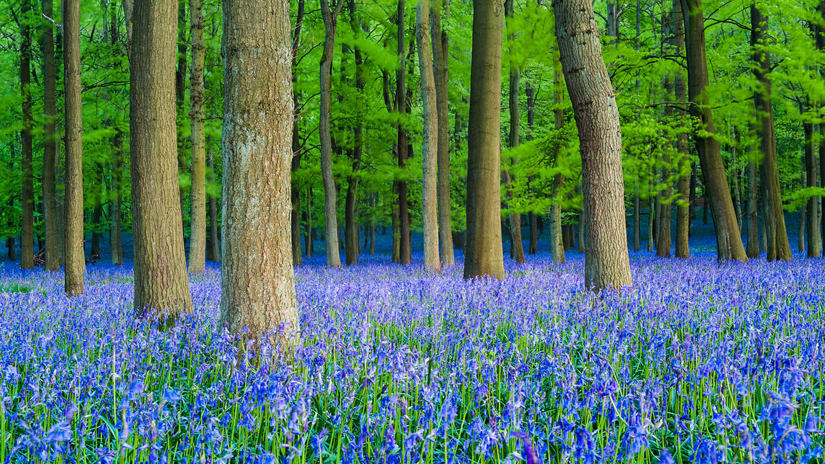


Bluebell Hyacinthoides Non Scripta Woodland Trust


Spring Hill Nurseries 2 Pack In Bareroot Virginia Bluebells Mertensia In The Perennials Department At Lowes Com
The Virginia Bluebells are a stunning plant and looks beautiful It would make a lovely addition to your garden We Sell Plants Not Seeds Anyone Can Order at Low Grower Prices We Ship EverywhereIn soggy soil they have a tendency to rot out and die over the summerBluebells should be planted as deeply as possible, 4 ins being the minimum, and more if possible In nature they are often found over a foot beneath the surface of the soil!



Spanish Bluebells Bulbs Mixed Colors Dutchgrown



Bluebells Virginia Wild Virginia Bluebells Friends School Plant Sale
When bluebells first emerge in early spring, they have striking, deep purple foliage The leaves then quickly turn green and the entire plant will grow up to 24 inches (61 cm) tall in clump formations The flowers bloom early to midspring and continue into midsummer, when the plants go dormant Bluebells flowers are showyMertensia virginica, commonly called Virginia bluebells, is a native Missouri wildflower that occurs statewide in moist, rich woods and river floodplains An erect, clumpforming perennial which grows 12' tall and features loose, terminal clusters of pendulous, trumpetshaped, blue flowers (to 1" long) which bloom in early springThe bluebell flower or Common Bluebell falls within the Hyacinthoides family, a genus of flowering plants in the Asparagaceae family These are all referred to as bluebells The flower gets its name as a translation from the Greek phrase, "unmarked hyacinth"



Original English Bluebells K Van Bourgondien



Hyacinthoides Wikipedia
How to Plant English Bluebells 1 Work 2 to 4 inches of organic matter into the soil before planting Loosen the soil with a trowel even if you do not 2 Dig a hole twice as deep as the length of the bulb Place the bulb in the hole vertically with the pointed end facing 3 Cover the bulb withBut, Virginia Bluebells needs to have at least 3060 days of cold moist stratification or be winter sowed outside, Plant Virginia Bluebell seeds shallow, just beneath the surface of the soil directly, or in a winter sowing container Germination will happen once temperatures warm above 70FHyacinthoides nonscripta, commonly known as English bluebell, is actually a bulbous perennial plant belonging to Liliaceae (Lily family) and Plantae kingdom The plant is native to western parts of Atlantic, Europe, from northwestern Spain (occasionally even northwestern Portugal) to the Netherlands and the British Isles
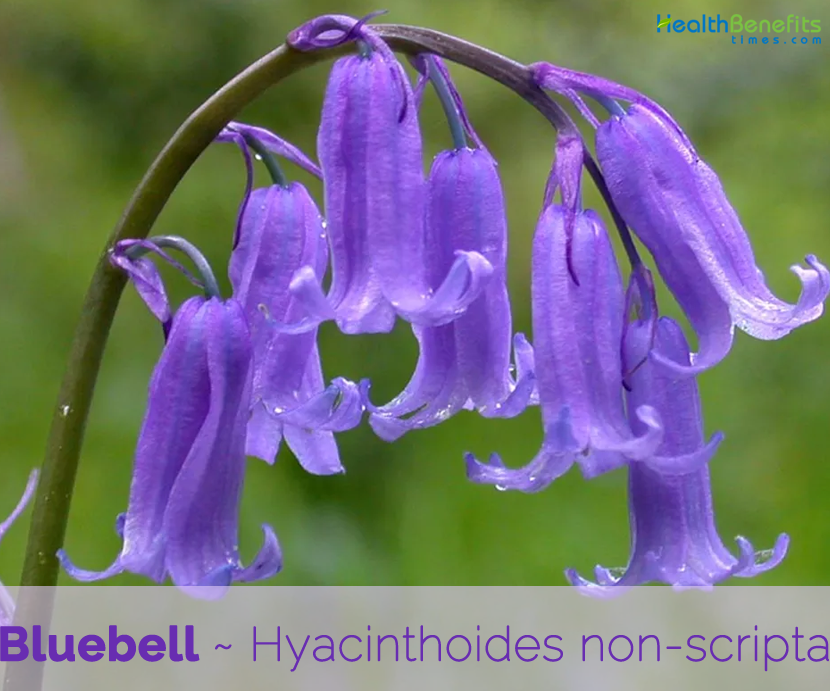


Bluebell Facts And Health Benefits



Virginia Bluebells Michigan Bulb
Plant Virginia bluebells in the spring or fall in rich, moist soil in partial to full shade Plants can handle a bit of morning sun The sunnier the area, the more water the plants will need Because the plants are dormant during the summer, plant them near or among lateemerging perennials that will fill in the gaps left when plants die backVirginia Bluebells are a common plant found in homes throughout the eastern United States They prefer rich soils The bluebells prefer a partially shaded area with moist soils This perennial has a bright, deep blue color and the blooms look like a small bellThe best time to plant Spanish bluebells, like most other springblooming bulbs, is in early fall as soil temperatures begin to cool These plants are not fussy about soil type, but they bloom best and spread fastest in a soil that's moist, welldrained, and rich in organic matter Avoid soil that has a high clay content;



Bluebell Hyacinthoides Non Scripta Bluebells Wild Flowers Blue Flowers
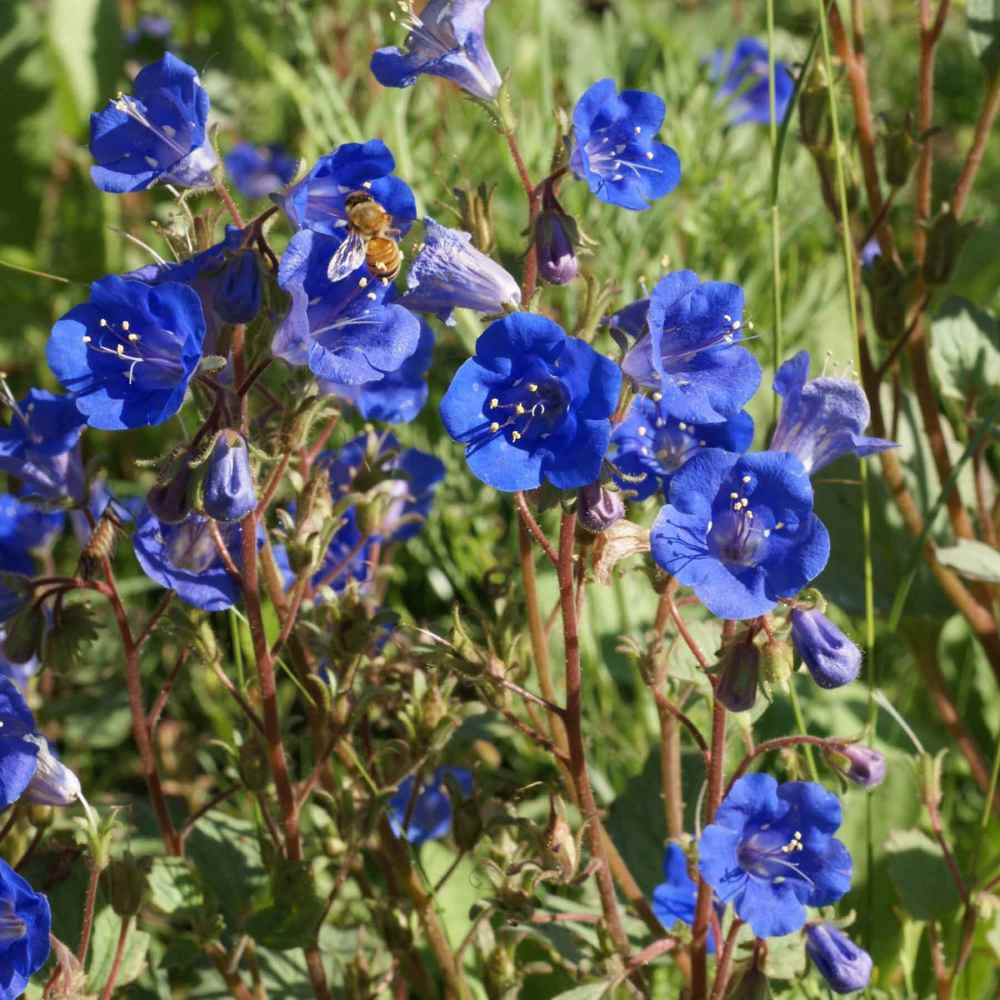


California Bluebell Seeds Phacelia Campanularia Wild Flower Seed
English bluebells (Hyacinthoides nonscripta) are native to France and England and have been gracing gardens and wooded areas with their beautiful bluishpurple flowers since the early 1500's These spring delights reach heights of 12 inches (30 cm) and can be planted in the fall for spring bloomVirginia Bluebells Native to North America, this perennial plant is one of the prettiest wildflowers Clusters of small, trumpetshaped flowers nodding from a single sturdy stem look stunning in any garden location Blooming starts in early to mid spring with the formation of pink buds that later mature into lavenderblue flowers Zone 39Native bluebells have narrow leaves, deep violetblue (sometimes white), narrow, tubularbell flowers, with tips that curl back, flowers on one side of the stem, distinctly drooping stems, a sweet
/spanish-bluebells-late-blooming-spring-bulb-2132115-01-dc482466b0b149b6a98c075244a465af.jpg)


Hzakysujauhasm



Bluebell Flowers Growing Information For English And Spanish Bluebells
Bluebells bloom from April to May The fruits are eggshaped capsules with black seeds This is a native plant belonging to the family Asparagaceae My first memory of Bluebells is seeing them on the road between Laragh and Glenmalure in Co Wicklow in the 1950's I passed along that road recently and am happy to say they're still thereTypes of Bluebell Flowers English Bluebell These are also called 'British bluebells and are native to England and France These breathtaking purplebluish flowers have been Spanish Bluebell Virginia Bluebell Scottish Bluebell CampanulaHyacinthoides nonscripta (formerly Endymion nonscriptus or Scilla nonscripta) is a bulbous perennial plant, found in Atlantic areas from northwestern Spain to the British Isles, and also frequently used as a garden plant It is known in English as the common bluebell or simply bluebell, a name which is used in Scotland to refer to the harebell, Campanula rotundifolia


How To Grow Bluebells Urban Garden Gal



English And Spanish Bluebells Features Facts And Problems Owlcation Education
Join our friendly community that shares tips and ideas for gardens, along with seeds and plants Browse pictures and read growth / cultivation information about Campanula Species, Scottish Bluebells, Bluebells of Scotland, Roundleaf Bellflower, Scottish Harebel (Campanula rotundifolia) supplieNative to North America, bluebells are charming woodland plants that thrive in partial to full shade Also known as Virginia bluebells ( Mertensia virginica), the plants can be found in prolific numbers in woodland areas, particularly in the eastern and Midwest United StatesTo welcome this magic into your garden, establish bareroot rhizomes in early spring These herbaceous flowers thrive in moist soil supplemented with organic fertilizer Plant one to three inches deep and space 12 to 18 inches apart Watch the Virginia Bluebells emerge, forming a field of fleeting color through early summer



Plants Point Rare Saaheli California Bluebells Desert Blue Bell Flower Plant 1 Healthy Live Plant Amazon In Garden Outdoors



How To Grow Virginia Bluebells
The bluebell flower or Common Bluebell falls within the Hyacinthoides family, a genus of flowering plants in the Asparagaceae family These are all referred to as bluebells These are all referred to as bluebellsPlant Virginia bluebells in the spring or fall in rich, moist soil in partial to full shade Plants can handle a bit of morning sun The sunnier the area, the more water the plants will need Because the plants are dormant during the summer, plant them near or among lateemerging perennials that will fill in the gaps left when plants die backVirginia Bluebells Plant Type Perennial Mature Size Two feet tall and two feet wide Sun Exposure Partial to full shade Soil Type Rich and moist Soil pH Circumneutral (7) Bloom Time Spring to early summer Flower Color Blue Hardiness Zones 3, 4, 5, 6, 7, 8 Native Area Eastern North America


Spanish Bluebells The Easy Beauties Dutchgrown
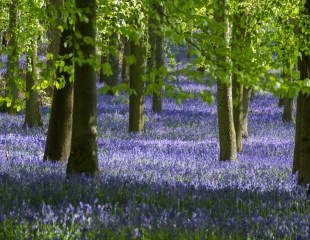


How To Grow Bluebells
Search from Bluebell Fields stock photos, pictures and royaltyfree images from iStock Find highquality stock photos that you won't find anywhere elseHow to Grow Virginia Bluebells From Seed Virginia bluebells grow readily from seed You can direct sow the seed in your shady or woodland garden in the fall Plant the seeds where you want the plants to grow They do not like to be transplanted Cover them with 1/8 inch of soil and keep watered The seeds will germinate in the springPlanting bluebells Bluebells are best planted in shady areas – around trees or underneath shrubs – where the cool conditions intensify the flower colour Plant the bulbs 75cm (3in) deep, 1015cm (46in) apart in autumn in wellprepared soil with lots of added bulky organic matter dug in This will help prevent the soil drying out in summer



How To Successfully Grow English Bluebells A Field Guide To Planting Care And Design On Gardenista


1
English Bluebell Care Light English bluebells prefer partial shade and are ideal for planting beneath deciduous trees They will tolerate Soil Bluebells are usually grown from bulbs, which thrive in soil that is moist, welldrained, and moderately fertile Water and Fertilizer Water bulbs wellPlant bluebell bulbs after the heat of summer has passed or in early fall Several bulbs can be placed in the same 2inch (5 cm) deep hole Water the bulbs frequently over the fall and winter for best performance Divide during the summer months, once the plant has gone dormant Bluebells grow best when they are left to naturalize in shade



Spanish Bluebells Save Up To 75 Breck S
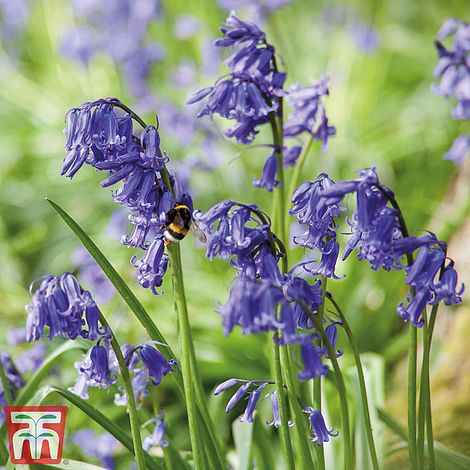


English Bluebells Thompson Morgan



Woodland Bulbs 5 X Bluebell Bulbs Spring Flowering Bulbs Ready To Plant Amazon Co Uk Garden Outdoors



Spanish Bluebells Blue Hyacinthoides Bulbs Dutchgrown



Virginia Bluebells Mertensia Virginica K Van Bourgondien
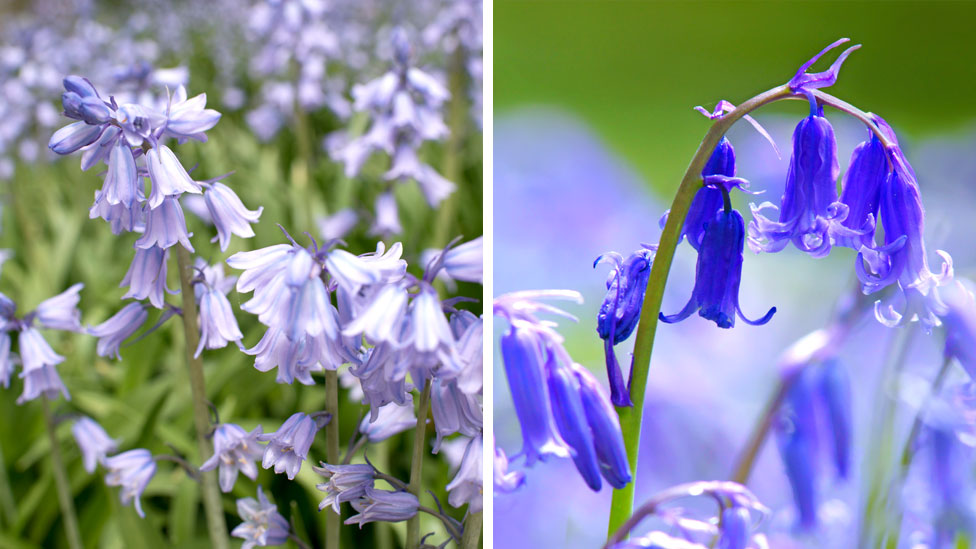


British Bluebells Have Advantage Over Spanish Bluebells c News



Bluebells Hyacinthoides Non Scripta Sarah Raven



Bluebell Hyacinthoides Non Scripta Plants Kew



Bluebell Plants For Sale Wholesale 79 Buy Plants Online



Virginia Bluebell Plants Wholesale 79 Tennessee Nursery
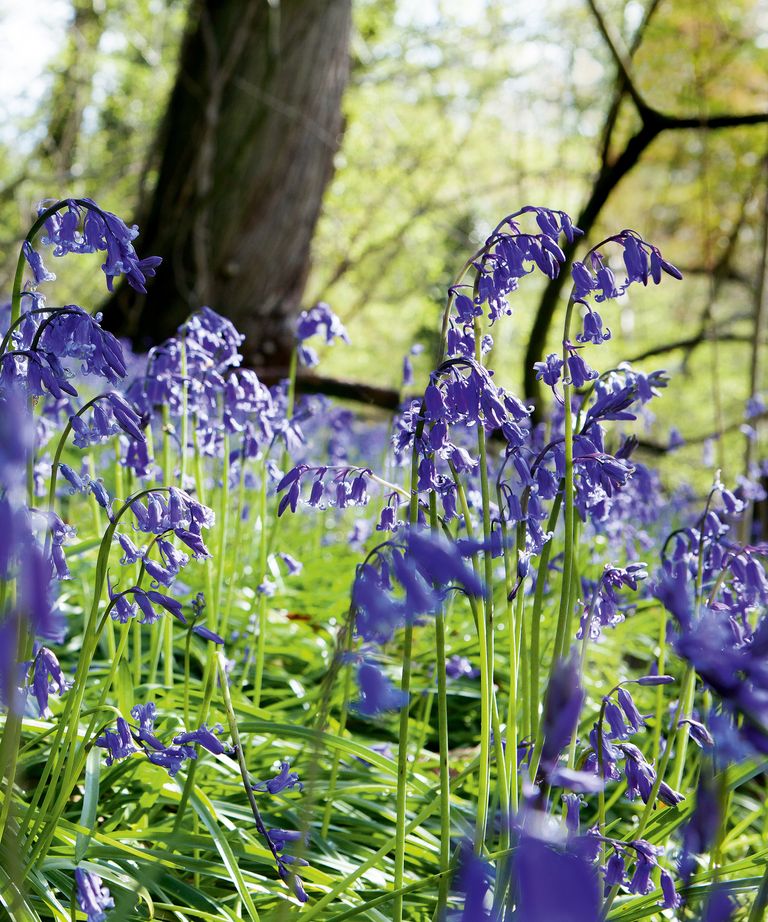


How To Grow Bluebells Country



Bluebell Flowers Beautiful And Whimsical Perennials Dengarden Home And Garden



Bluebells The Flower Of May Youtube



Pin On Beautiful Flowers Beautiful Butterflies And Birdhouses



Mertensia Virginia Bluebells
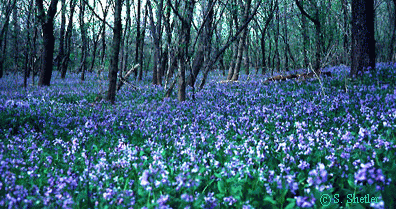


19 Virginia Bluebells Mertensia Virginica Vnps



Bluebell Bog Plant Plants For Ponds Water Gardens



Virginia Bluebell Plant For Sale 1 Year Warranty Fast Ship


Q Tbn And9gcrs2c1aq Ikvfy15nb Skjyi1422jqvnxbrz28u3yivhoqabpbi Usqp Cau
.jpg)


Virginia Bluebells Mertensia Virginica The Good To Know Seeds A Z Seed Catalog M Samen Saatgut
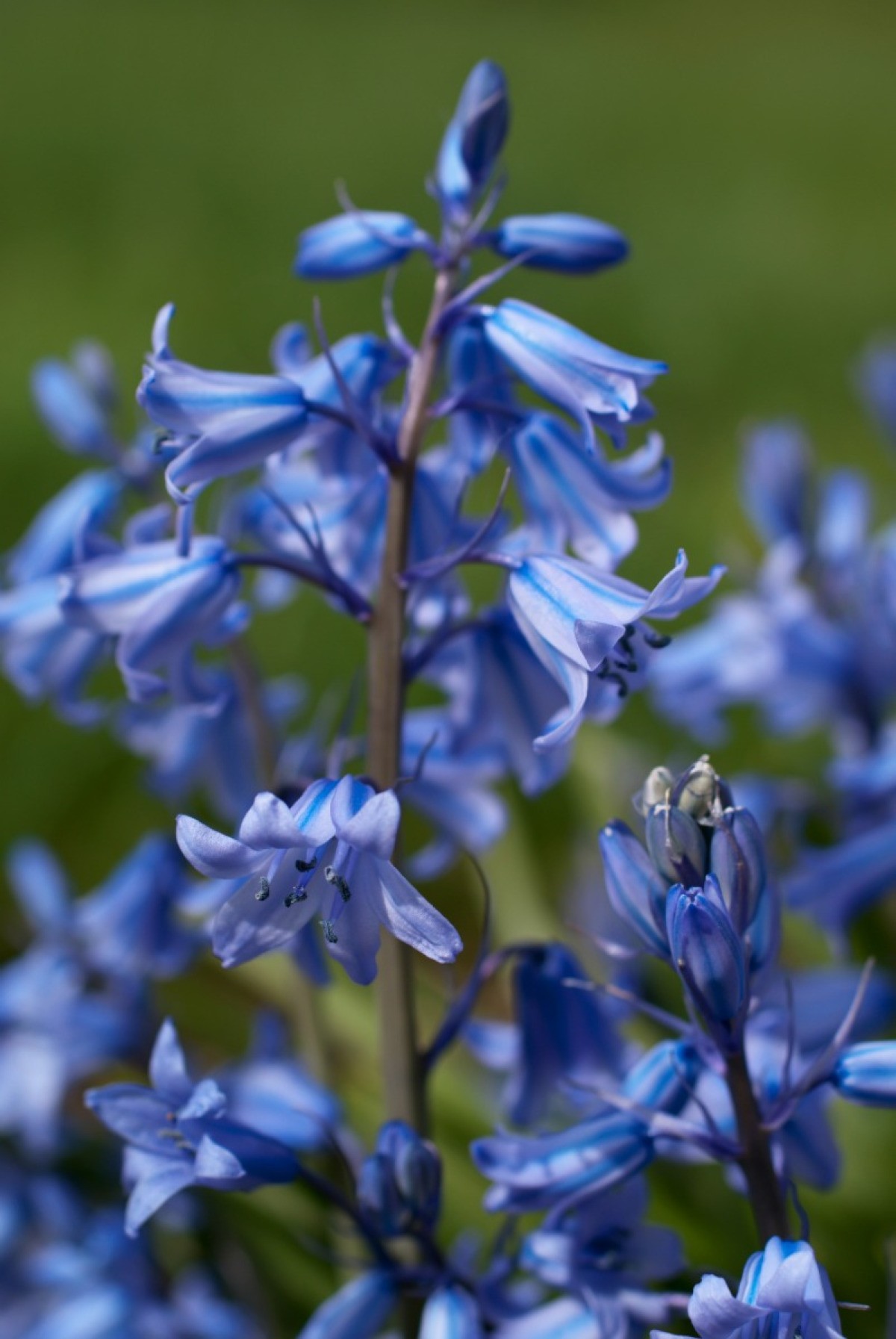


Growing Bluebells Hyacinthoides Thriftyfun



How To Enjoy Bluebells From Home And How To Plant Them To Enjoy Your Own In Future Years Country Life



Hyacinthoides Non Scripta English Bluebell c Gardeners World Magazine



Virginia Bluebells Mertensia Virginica American Meadows
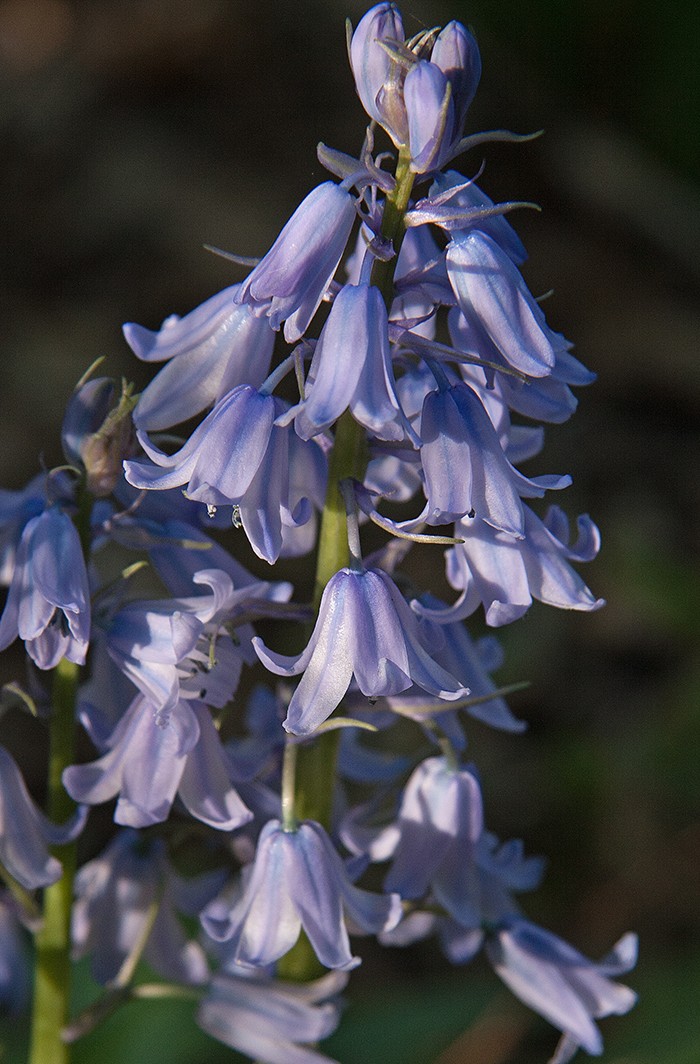


The Ring Of Spanish Bluebells Cary Magazine



Bluebell Grow Guide



Bluebell Description Species Britannica



Spanish Bluebells Mixture White Flower Farm
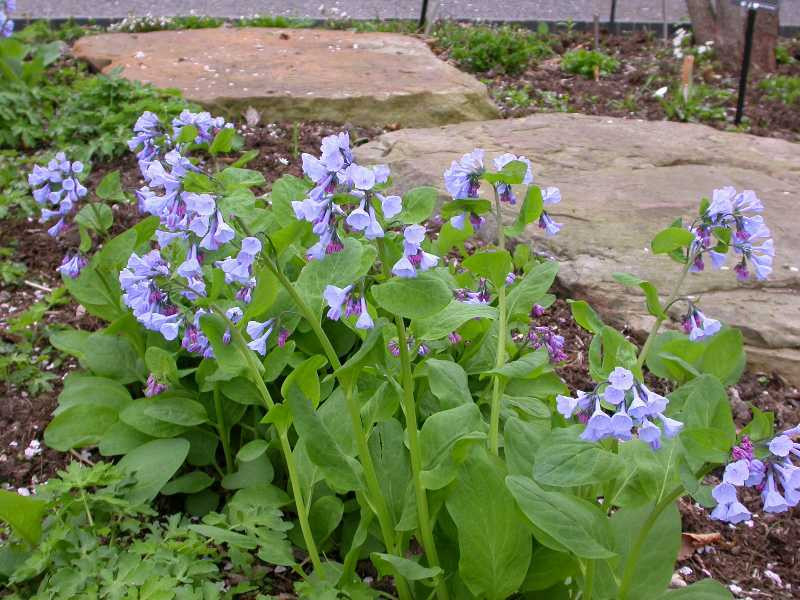


Buy Virginia Bluebells Virginia Bluebells For Sale Online
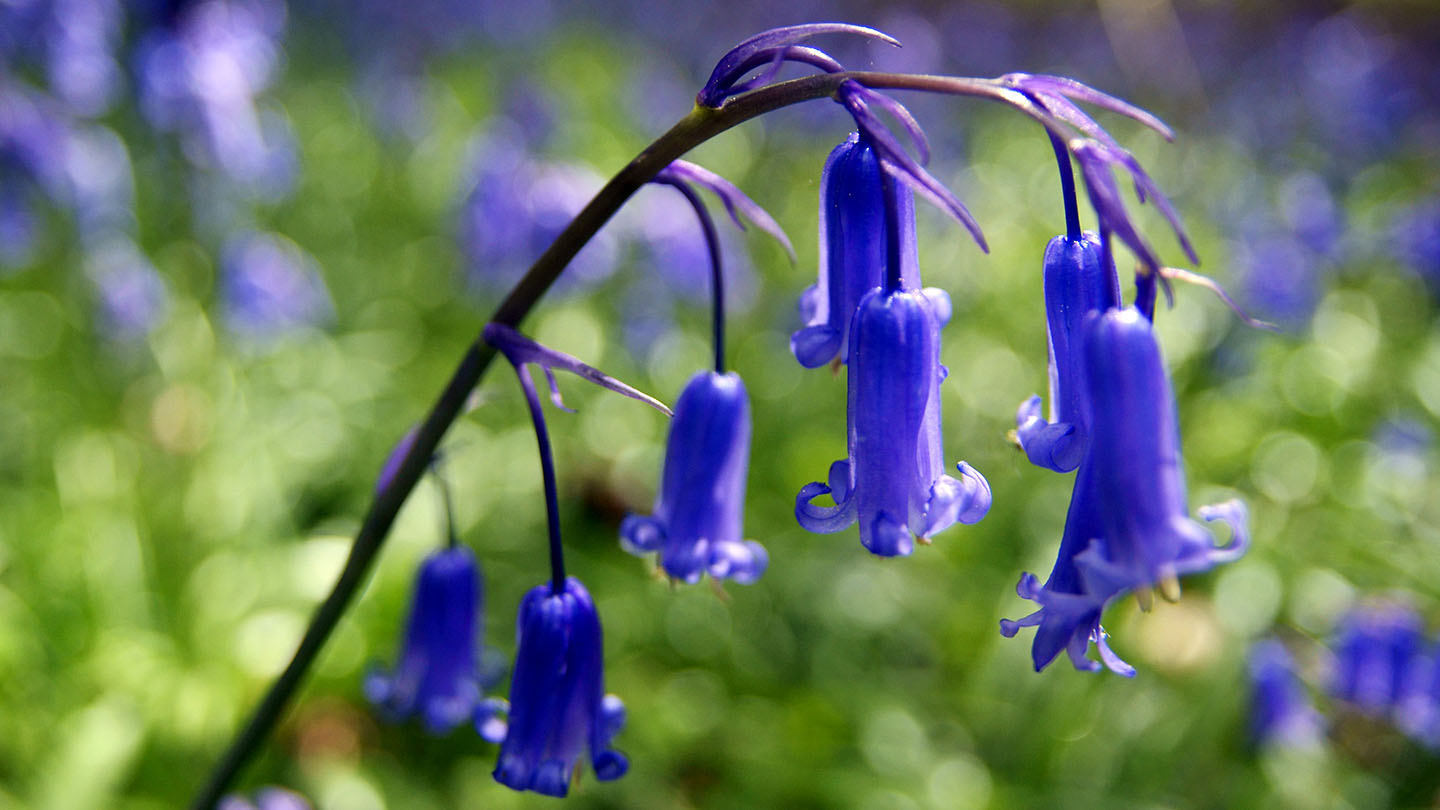


Bluebell Hyacinthoides Non Scripta Woodland Trust



Tips For Planting And Caring For Bluebells
:max_bytes(150000):strip_icc()/DennisGovoni-GettyImages-11706883951_edited-3bfee4d53a09401fbd1220b4fe2adffa.jpg)


Virginia Bluebells Plant How To Grow And Care For Virginia Bluebells
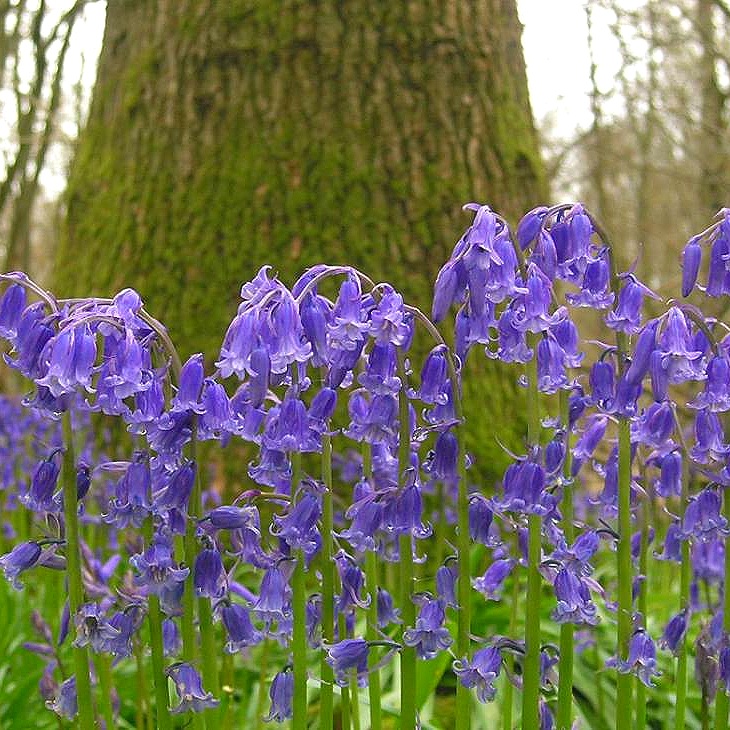


Bluebell Flower Essence I Am Heard Saskia S Flower Essences



Bluebell Of Scotland Campanula Rotundifolia High Country Gardens
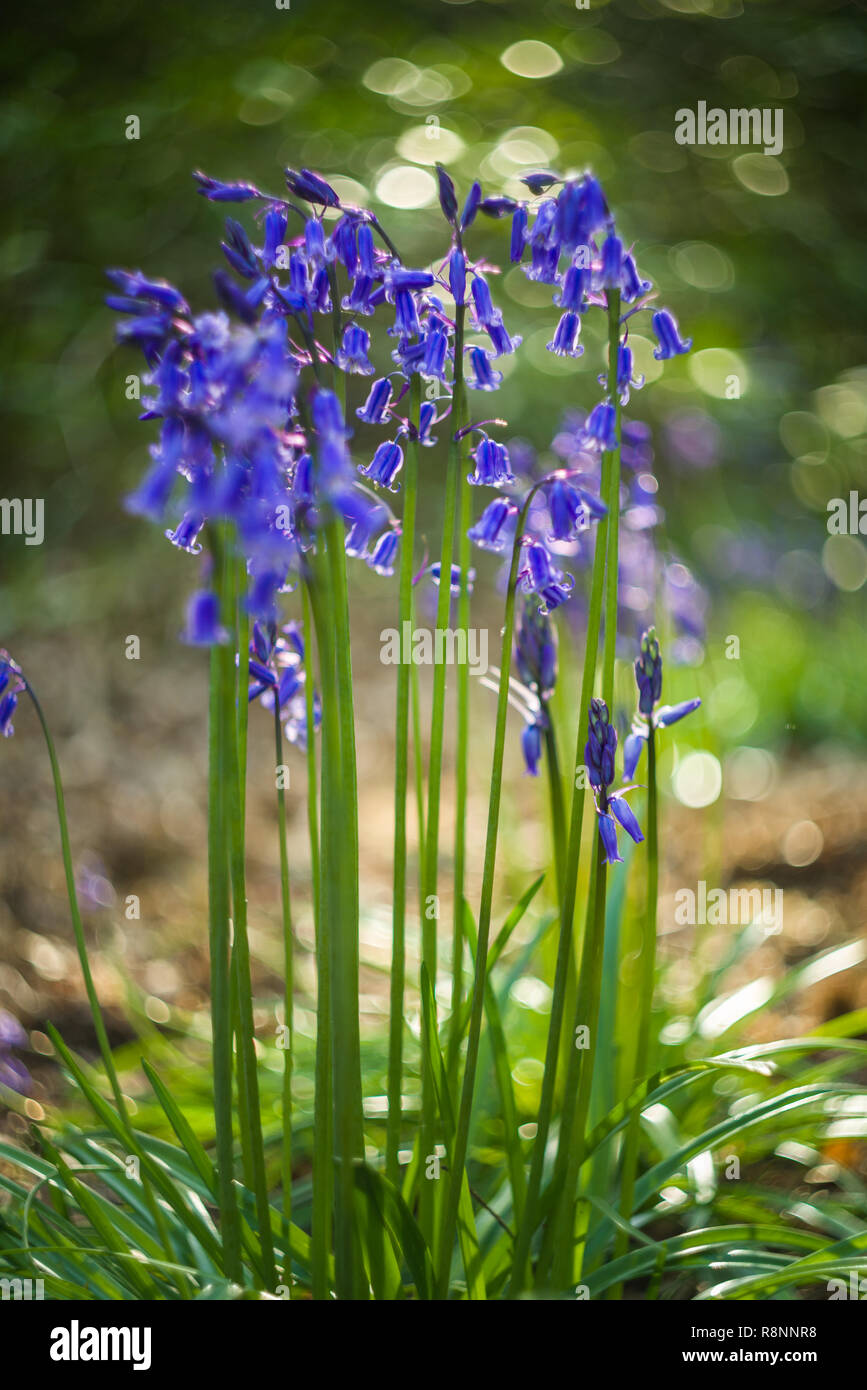


A White Bluebell Plant Hyacinthoides Non Scripta With Flowers And Out Of Focus Forest With Bluebells On The Ground In Late Afternoon Spring Uk Stock Photo Alamy



Virginia Bluebells Better Homes Gardens



Bluebell Flower Floraqueen



Two Pretty Bluebells For The Shady Garden



How To Grow Virginia Bluebells Planting Virginia Bluebells In Gardens
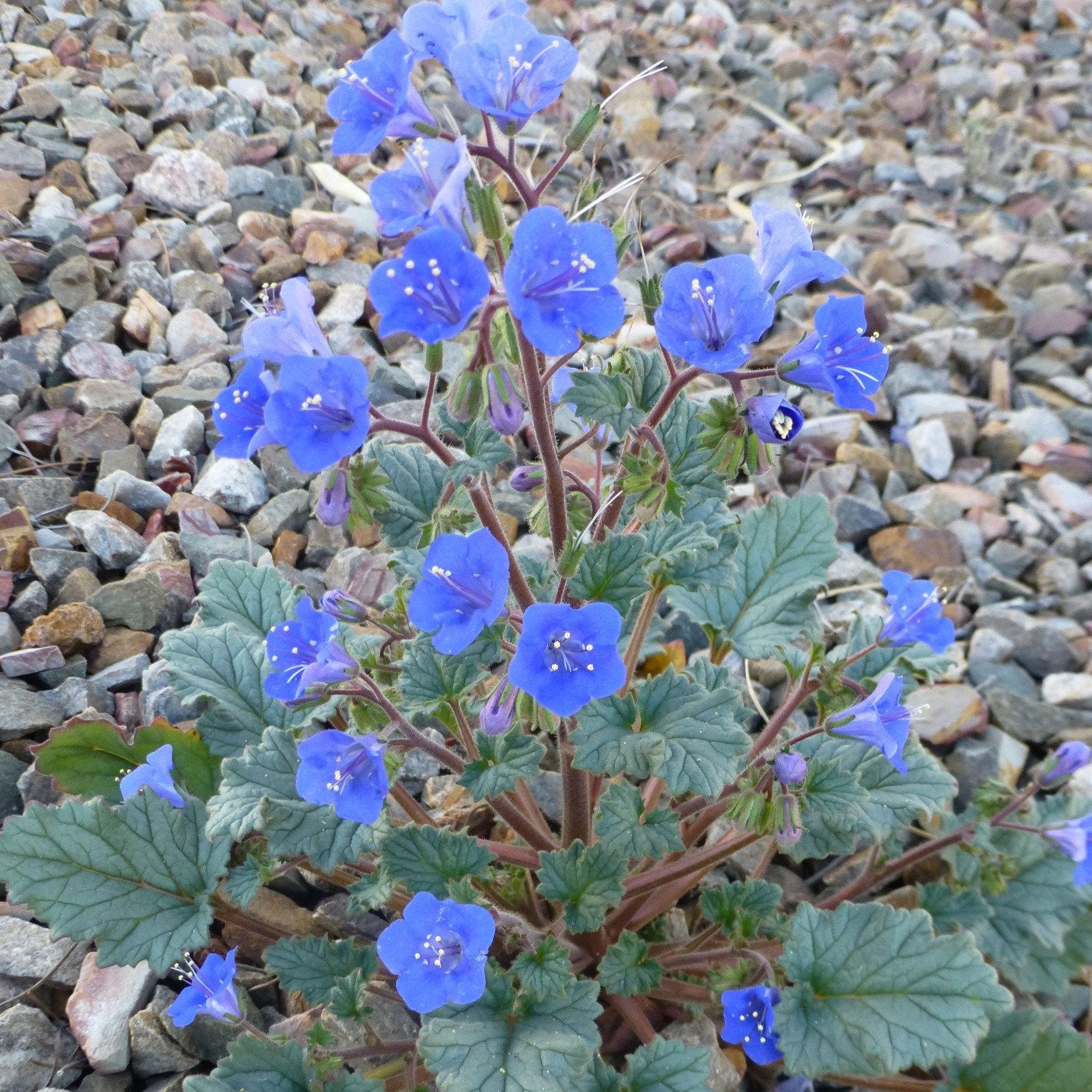


Desert Blue Bells Native Seeds Search



Buy Virginia Bluebells Online Mertensia Virginica



Virginia Bluebells Mertensia Virginica Prairie Nursery



Spanish Bluebells Threaten Future Of Uk S Favourite Plant



Tips For Planting And Caring For Bluebells
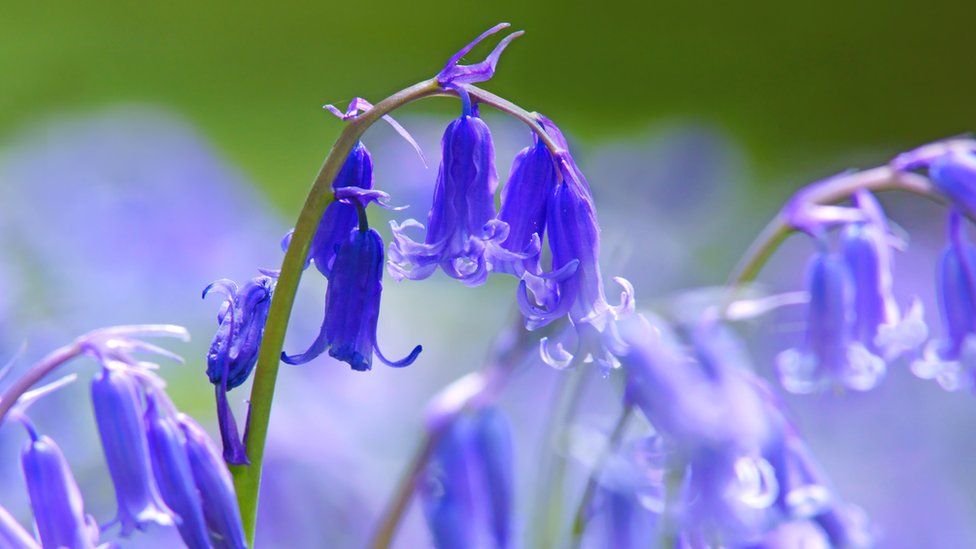


British Bluebells Have Advantage Over Spanish Bluebells c News



Bluebell Description Species Britannica



Mertensia Virginica Virginia Bluebells Amanda S Garden
/JimSchlett-GettyImages-1176398316_edited-6c0926d84b054ffcbf61676c6e54fa54.jpg)


Virginia Bluebells Plant How To Grow And Care For Virginia Bluebells



Bluebell Description Species Britannica
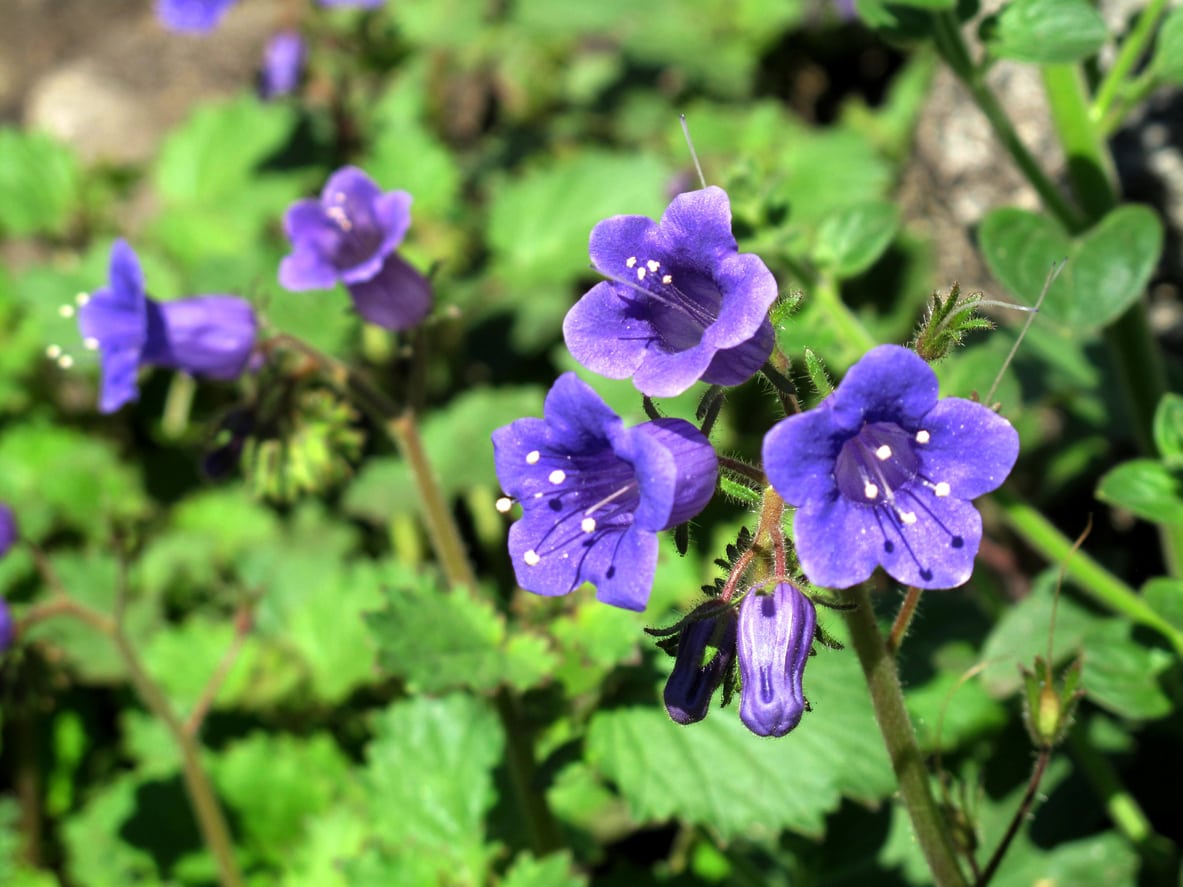


What Are Desert Bluebells Learn How To Grow A Desert Bluebell Plant



Free Image On Pixabay Bluebells Bluebell Flower Blue Bell Flowers Bluebells Bulbous Plants



California Bluebell Seeds Flower Seeds In Packets Bulk Eden Brothers



Virginia Bluebells Gurney S Seed Nursery Co


How To Grow Virginia Bluebells Gardening Channel



How To Plant And Grow Bluebells Sarah Raven



Yes Virginia Bluebells Also Grow In Indiana Gardenrant



How To Grow Bluebells c Gardeners World Magazine



Virginia Blue Bell For Sale Fast Ship Save 80 Order Today



Virginia Bluebells Spring Hill Nurseries



How To Grow And Care For Bluebells Lovethegarden
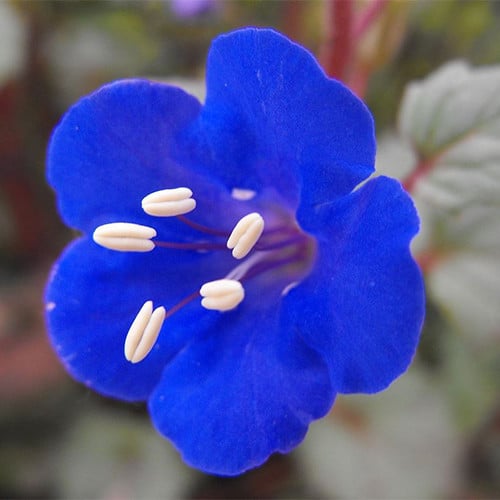


Phacelia Campanularia Seeds Desert Bluebells Plant World Seeds



What Is Meant By Planting Bulbs In The Green Hayes Garden World



The Difference Between Spanish And English Bluebells Dengarden Home And Garden


Q Tbn And9gcsp6rbppgwpdy 2ttt94loevubgrr51olqa4nei5dj3sdjyx1xx Usqp Cau



How To Grow Virginia Bluebells Gardening Channel



Plantlife What S The Difference Between Spanish And English Bluebells


Q Tbn And9gcqrnzqkgwalotrurhs9udxhrqmxir1u3nmufbyaoio Usqp Cau



6 Things You Might Not Know About Bluebells National Trust



Virginia Bluebells Mertensia Virginica Wisconsin Horticulture



Mertensia Virginica White Flower Farm



Desert Bluebells Seeds Phacelia Campanularia High Country Gardens



How To Grow And Care For Bluebells Lovethegarden



Bluebell Hyacinthoides Non Scripta


Bluebell Yorkshire Flower Essences



Close Up Of A Single Bluebell Flower Hyacinthoides Non Scripta Stock Photo Picture And Royalty Free Image Image



Planting Bluebells In The Woodlands Youtube


コメント
コメントを投稿